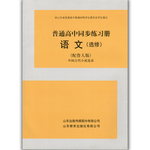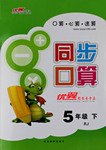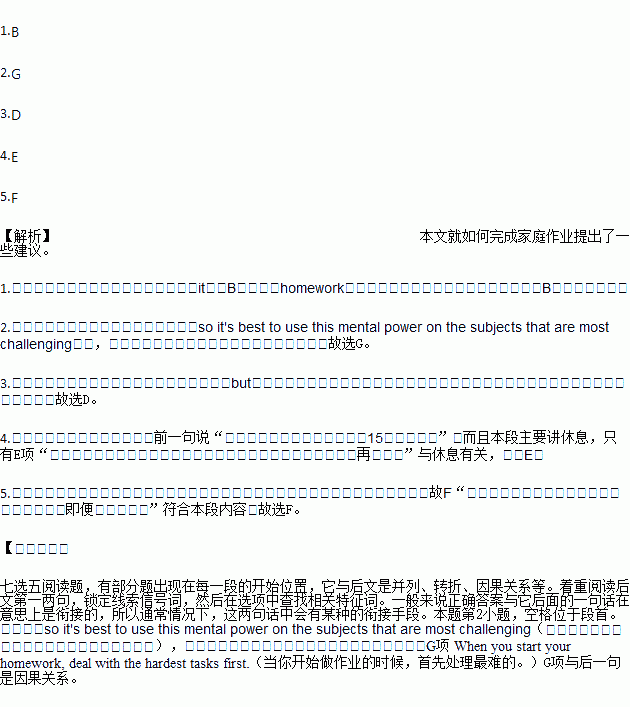题目内容
Homework
Do maths problems 15 through 25. State the different forms of the verbs on page 50 of your French workbook. Read pages 12 through 20 of the Shakespeare play, and don’t forget to fill in the missing chemical symbols on the worksheet.
Sound like a list of your homework for the next few nights — or maybe even just for tonight? 1.It’s your teachers’ way of evaluating how much you understand what’s going on in class. And it helps strengthen important concepts. Here are some tips on how to do your homework.
2.It’s inviting to start with the easy things to get them out of the way. However, you’ll have the most energy and focus when you begin, so it’s best to use this mental power on the subjects that are most challenging. Later, when you’re more tired, you can focus on the simpler things. If you get stuck on a problem, try to figure it out as well as you can — but don’t spend too much time on it because this can mess up your homework schedule for the rest of the night. 3.But don’t pick someone whom you’ll be up all night chatting with, or you’ll never get it done!
Most people’s attention spans aren’t very long, so take some breaks while doing your homework. Sitting for too long without relaxing will make you less productive than if you stop every so often. Taking a 15-minute break every hour is a good idea for most people.4.
Once your homework is done, you can check over it if you have extra time. Be sure to put it safely away in your backpack—there’s nothing worse than having a completed assignment that you can’t find the next morning or that gets ruined by a careless brother or sister. 5.Now you’re free to hang out.A. Luckily, you can do a few things to do less homework.
B. Homework is a major part of going to school.C. No one is expected to stay long, and people have very different learning styles.
D. If you need to, ask an adult for help or call or email a classmate for advice.
E. But if you’re really concentrating, wait until it's a good time to stop.F. And no teacher still believes that “chewed by the dog” line—even when it's true!
G. When you start your homework, deal with the hardest tasks first.
 海淀黄冈名师导航系列答案
海淀黄冈名师导航系列答案 普通高中同步练习册系列答案
普通高中同步练习册系列答案 优翼小帮手同步口算系列答案
优翼小帮手同步口算系列答案
